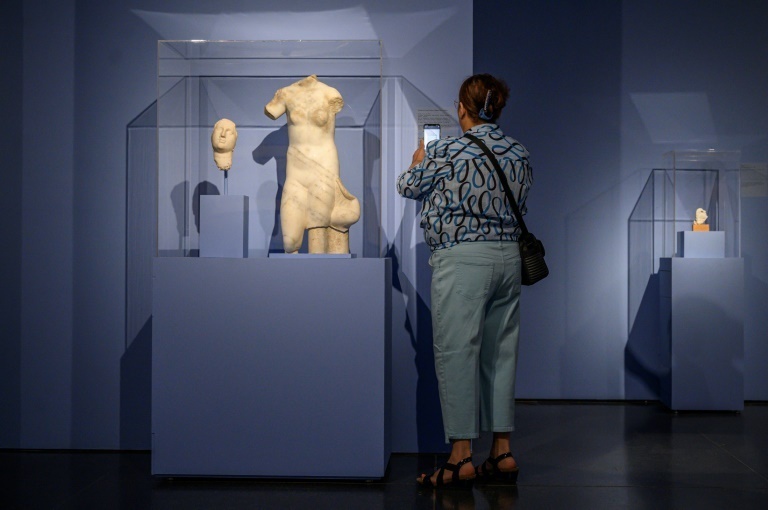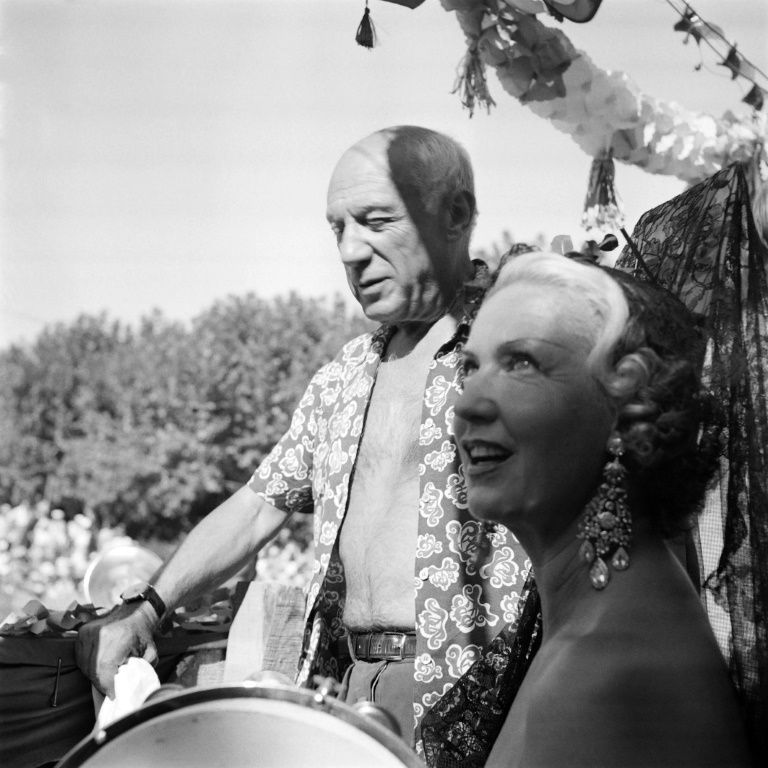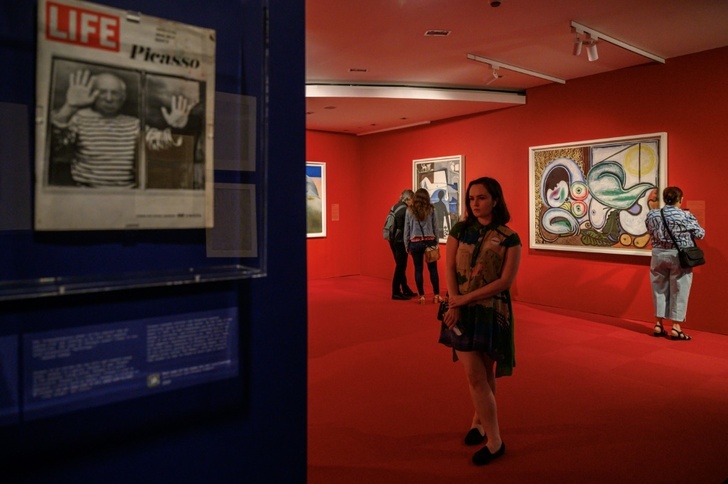Genius or misogynist -- or both? Fifty years after art icon Pablo Picasso's death, his legacy is reassessed by comedian Hannah Gadsby in a Brooklyn Museum exhibition in New York, this time through a contemporary, feminist lens.
In her 2018 Netflix special "Nanette," Gadsby expressed "hate" for the Spanish master of Cubism and the creator of works like "Guernica" and "Les Demoiselles d'Avignon."
But in "It's Pablo-matic: Picasso according to Hannah Gadsby" (June 2 through September 24) -- one of the many eagerly awaited shows under the aegis of France and Spain marking the 50th anniversary of his death -- the approach is more nuanced.
Picasso (1881-1973) remains one of the most influential artists of the modern world, often hailed as a dynamic and creative genius.
But in the wake of the #Metoo movement, the reputation of this workaholic with a vast output of paintings, sketches and sculpture has been tarnished by accusations he exerted a violent hold over the women who shared his life and inspired his art.

She points to the penis in the center of his 1931 painting "The Sculptor," proof in her view that Picasso "couldn't even separate himself from his art in his art."
- 'Admiration and anger' -
Catherine Morris, chief curator of the museum's Center for Feminist Art and a co-curator of "Pablo-matic," offers a more measured assessment.
"You're dealing with a really complex and nuanced situation of an artist who is undeniably a genius, but also a less-than-perfect human," Morris told AFP at a media preview of the exhibit. Gadsby herself was not present.
"Admiration and anger can co-exist," warns a preface of the exhibition, which has been organized in collaboration with the Musee National Picasso-Paris in France.

They "often didn't have the same support or access to the institutional structures that helped foster Picasso's genius," observed Lisa Small, senior curator of European Art at the Brooklyn.
Visitors can study nude drawings from the 1930s by American Louise Nevelson (1899-1988). Such images were "revolutionary at the time because at that stage (it was) quite difficult for women to even be allowed into figure drawing classes," Morris said.
Works by others in America's feminist art movement are on display, including by African-American painter Faith Ringgold and the Guerrilla Girls.
Also included are drawings by Kathe Kollwitz (1867-1945), a German expressionist who was "incredibly skilled, both technically and emotionally," Small added.
arb-mlm/bfm
© Agence France-Presse
Your content is great. However, if any of the content contained herein violates any rights of yours, including those of copyright, please contact us immediately by e-mail at media[@]kissrpr.com.
Source: Story.KISSPR.com

